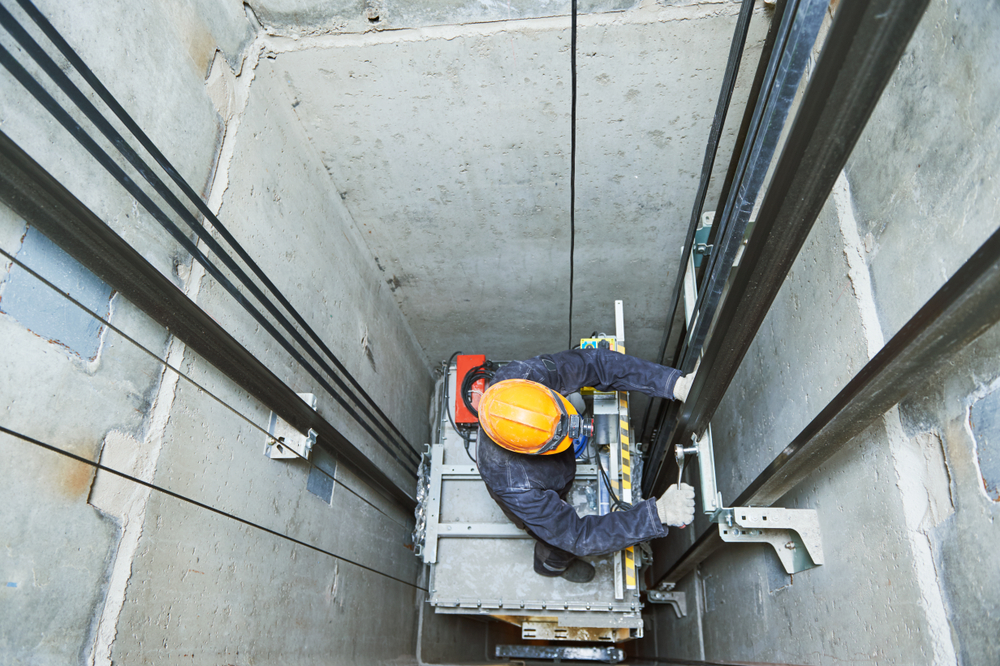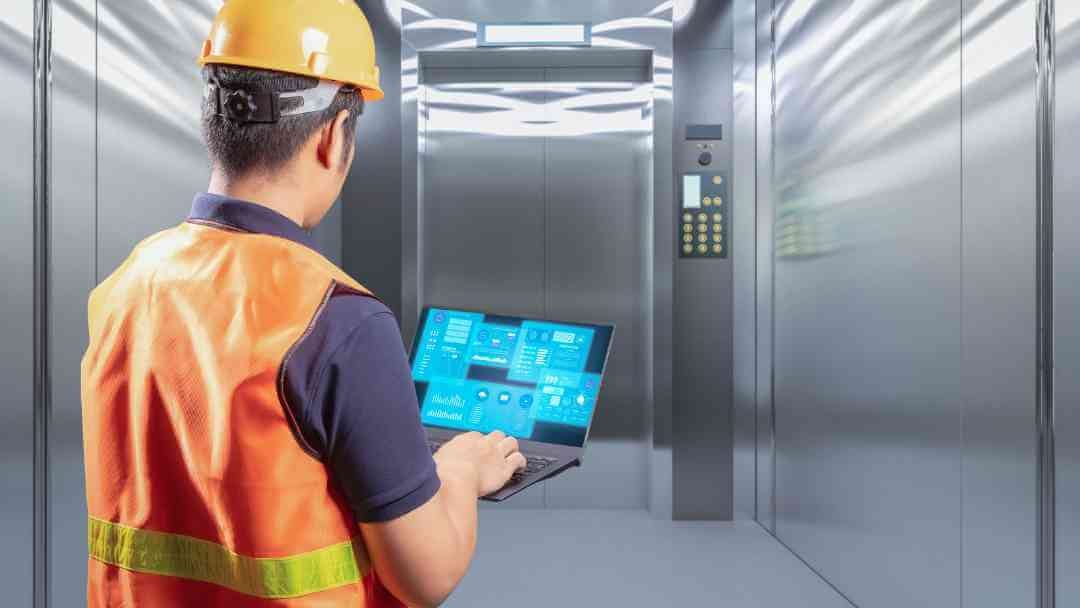Checking Out the Comprehensive Steps Required for Lift Maintenance
In the world of building upkeep, making sure the appropriate performance and security of lifts is paramount. By resolving essential facets such as positive upkeep schedules, security checks, and emergency readiness, a comprehensive understanding of the intricacies included in lift upkeep can lead to improved performance and safety and security.
Routine Inspections
When it involves guaranteeing the long life and safety of your lift system, routine assessments are paramount. These routine checks play a vital role in determining any type of possible concerns prior to they escalate right into major issues, making sure the secure and smooth operation of the lift. By carrying out routine assessments, upkeep teams can proactively deal with deterioration, defective elements, or any type of other issues that might endanger the lift's efficiency or security.
Throughout these evaluations, educated experts thoroughly check out different aspects of the lift system, consisting of mechanical elements, electric systems, security features, and general structural stability. By detecting and resolving issues early on, these examinations help stop costly repair services, downtime, or safety dangers, ultimately expanding the lifespan of the lift system and making sure the well-being of its individuals.
Aggressive Maintenance Schedules
Applying proactive upkeep schedules is vital for optimizing the efficiency and durability of lift systems. By sticking to an aggressive maintenance technique, lift owners can attend to possible concerns prior to they escalate into major issues, inevitably lowering downtime and costly repair work. Positive maintenance includes normal inspections, lubrication of moving parts, testing security attributes, and changing used parts. These scheduled maintenance tasks not just aid in preventing break downs however likewise add to preserving the lift's performance at optimal levels.
A well-structured proactive upkeep schedule should describe specific jobs, regularities, and liable employees. It is crucial to follow manufacturer referrals and sector criteria when producing these timetables to make sure the lift operates securely and effectively. Furthermore, documenting upkeep activities and keeping detailed documents can supply useful insights into the lift's efficiency with time, aiding in determining fads and making notified maintenance choices.

Security Compliance Checks
Making certain safety conformity through detailed checks is vital in maintaining lift systems' dependability and guarding individual health. Safety conformity checks involve a detailed analysis of different parts, including electrical systems, mechanical components, emergency brakes, doors, and other essential security attributes. These checks are important to recognize any prospective dangers or malfunctions that might jeopardize the lift's procedure and put individuals at threat.
Regular security conformity checks ought to be performed by certified specialists in adherence to sector laws and standards. These checks assist in detecting problems early, permitting timely repair work and precautionary maintenance steps to be carried out. Keeping detailed records of security conformity checks is critical for tracking the lift system's efficiency over time and showing compliance with safety regulations.
Devices Upgrades and Modernization
Enhancing lift systems with devices upgrades and innovation is vital for enhancing effectiveness and security standards in upright transport. As find here modern technology developments, older lift systems may become obsolete, bring about reduced reliability and possible security discover here threats. By buying equipment upgrades and innovation, building proprietors can guarantee that their lifts meet present industry criteria and policies.

Along with functional benefits, devices upgrades and innovation jobs can additionally enhance the aesthetics of the lift, providing a more enticing and modern experience for travelers. Inevitably, investing in lift upgrades and modernization is a positive strategy towards guaranteeing the long life, safety and security, and performance of vertical transport systems.
Emergency Situation Readiness Preparation
An effective emergency preparedness strategy is critical for guaranteeing the security and speedy feedback in case of unforeseen occurrences entailing lift systems. Emergency situation readiness preparation for lift systems involves a methodical strategy to reduce risks, make certain passenger safety, and decrease downtime throughout emergencies.
Key components of an emergency situation preparedness plan for lifts consist of clear interaction procedures, routine training for lift drivers on emergency situation procedures, and regular this drills to test the effectiveness of the plan. lift maintenance. Additionally, the plan ought to detail particular functions and obligations for all stakeholders included, including building management, upkeep personnel, and emergency responders
In case of a lift malfunction or entrapment, having a well-defined emergency plan can help in coordinating a effective and timely reaction to make certain the safety and security and health of guests. Prompt interaction, accessibility to emergency situation devices such as interaction tools and emergency lighting, and expertise of emptying treatments are crucial elements of an extensive emergency situation preparedness prepare for lift systems. By focusing on emergency readiness planning, structure managers can improve the overall security and reliability of their lift systems.
Verdict
To conclude, the thorough procedures required for lift upkeep consist of regular examinations, positive upkeep routines, safety conformity checks, devices upgrades and innovation, and emergency situation readiness planning. These actions are necessary for guaranteeing the safety and security, reliability, and performance of lifts in various setups. By implementing these procedures, lift owners can reduce the threat of accidents, prolong the life-span of their devices, and abide with market laws.

Throughout these evaluations, educated professionals completely examine different facets of the lift system, consisting of mechanical components, electrical systems, security attributes, and total structural stability.Making sure safety compliance through complete checks is extremely important in maintaining lift systems' reliability and protecting individual health. Maintaining detailed records of security conformity checks is crucial for tracking the lift system's performance over time and demonstrating compliance with safety and security regulations.
By prioritizing emergency situation readiness planning, building managers can enhance the overall security and dependability of their lift systems.